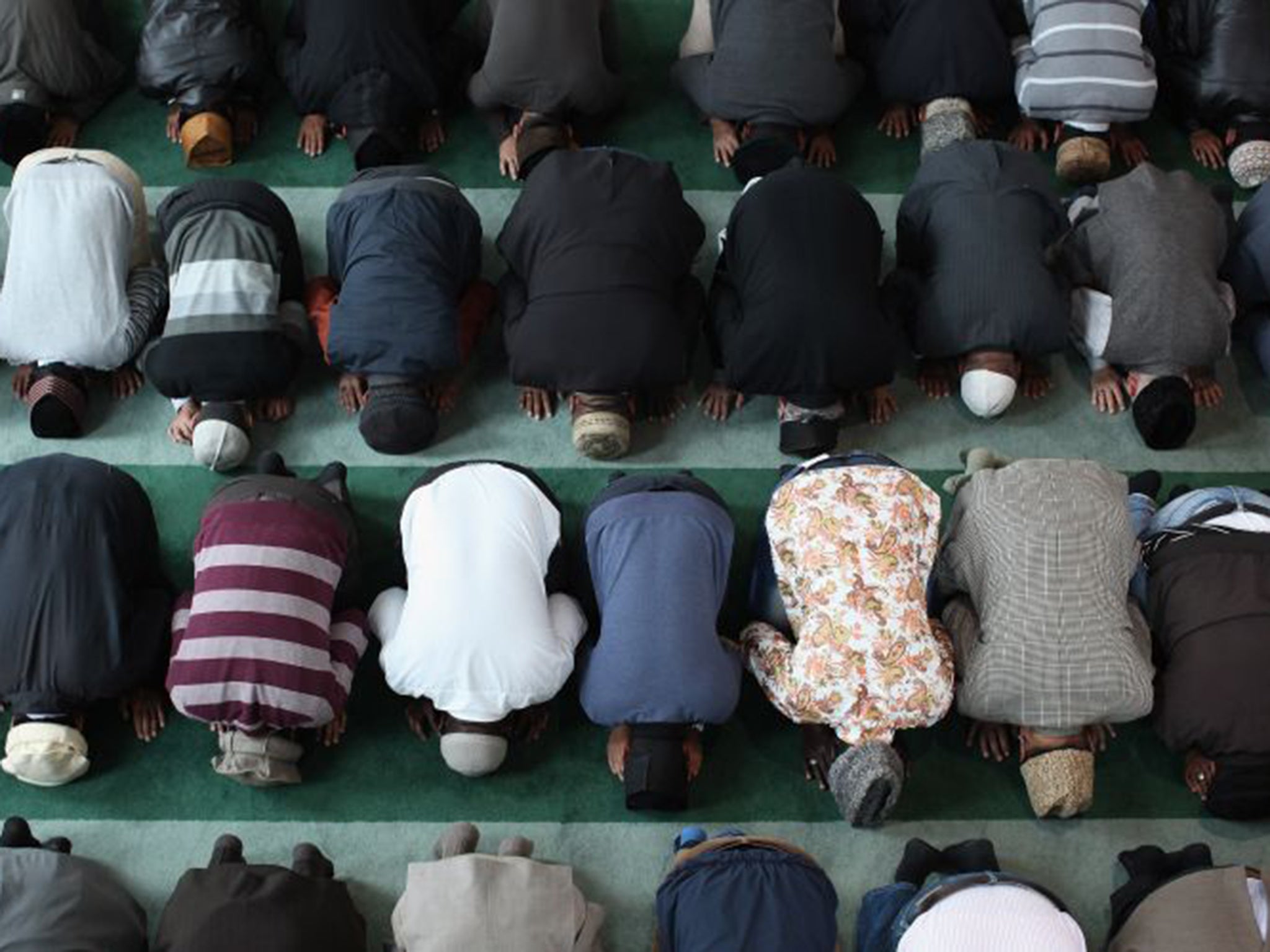Islamic prayer ritual reduces back pain and increases joint elasticity, study finds
Proper knee and back angles can be an effective clinical treatment, research finds

The repetitive physical movements of Muslim prayer rituals can reduce chances of lower back pain if performed properly, according to new research.
The study found that not only does quiet prayer eliminate physical anxiety, but that proper knee and back angles can be an effective clinical treatment.
Roughly 1.6 billion Muslims worldwide bow, kneel and place their foreheads to the ground in the direction of Mecca up to five times a day,
“One way to think about the movements is that they are similar to those of yoga or physical therapy intervention exercises used to treat lower back pain,” said study co-author Mohammad Khasawneh.
The paper, entitled An ergonomic study of body motions during Muslim prayer using digital human modelling, was published in the latest issue of the International Journal of Industrial and Systems Engineering.
The research used computer-generated human models of healthy Indian, Asian, and American men and women to look at the effect on lower back pain.
The kneeling posture, known as sujud, apparently increases the elasticity of joints.
The team did not however look at how varying prayer rituals for physically disabled people will effect back pain.
“Physical health is influenced by socio-economic, lifestyle and religious factors,” added Mr Khasawneh, from Penn State Behrend university in Pennsylvania.
“Prayer can eliminate physical stress and anxiety, while there is also research that indicates prayer rituals can be considered an effective clinical treatment of neuro-musculoskeletal dysfunction.”
Join our commenting forum
Join thought-provoking conversations, follow other Independent readers and see their replies
Comments